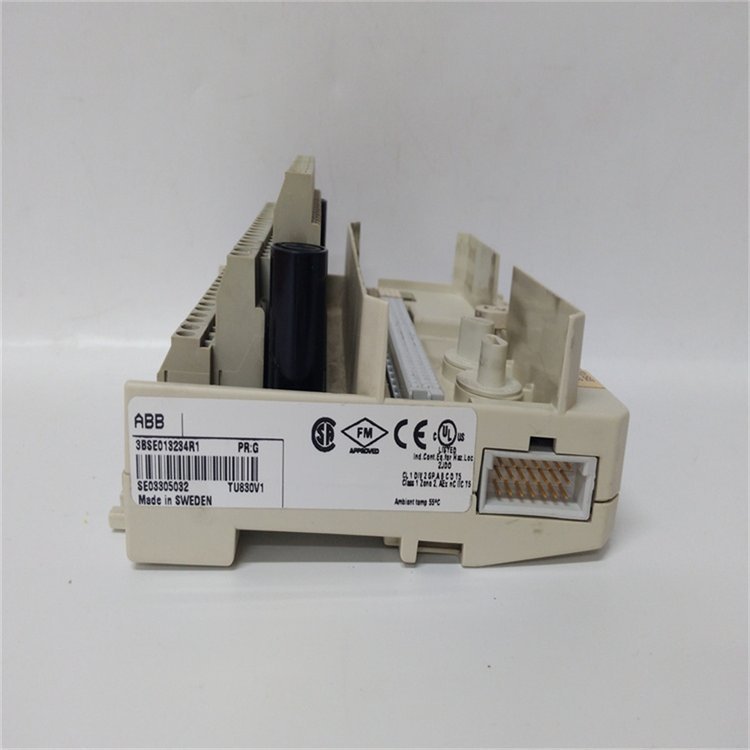Extended Module Termination Unit (MTU) is a crucial component in industrial automation systems that provides enhanced functionality and connectivity. In this article, we will delve into the details of the MTU, its purpose, features, applications, and advantages in the field of automation.
Related product recommendation:ABB TU836V1 PLC Module

What is an MTU?
An Extended Module Termination Unit (MTU) is a device that acts as an interface between a programmable logic controller (PLC) and various field devices. It is typically used in automation systems to facilitate communication and control between the PLC and the devices connected to it. The MTU serves as a central hub, providing power supply, signal conditioning, and termination points for the connected devices.
Functionality and Features
The MTU offers a range of functionality and features to enhance the performance of industrial automation systems. Some of its key features include:
- Power Supply: The MTU supplies power to the connected field devices, eliminating the need for separate power sources.
- Signal Conditioning: It conditions and amplifies the signals received from the devices, ensuring reliable and accurate data transmission.
- Termination Points: The MTU provides termination points for connecting cables from the field devices, simplifying the wiring process.
- Communication Protocols: It supports various communication protocols, such as Modbus, Profibus, and Ethernet, enabling seamless integration with the PLC.
- Diagnostics and Monitoring: The MTU offers diagnostics and monitoring capabilities, allowing for efficient troubleshooting and maintenance of connected devices.
Applications of MTU
The Extended Module Termination Unit (MTU) finds applications in a wide range of industrial automation systems. It is commonly used in:
- Manufacturing: MTUs play a crucial role in manufacturing processes, connecting PLCs with sensors, actuators, motors, and other devices.
- Process Control: In process control systems, MTUs facilitate communication between the control system and field instruments, such as pressure transmitters, temperature sensors, and flow meters.
- Building Automation: MTUs are employed in building automation systems to connect PLCs with HVAC systems, lighting controls, and access control devices.
- Energy Management: The MTU enables integration between the PLC and energy management devices, such as energy meters, to monitor and control energy consumption.
Advantages of MTU
The Extended Module Termination Unit (MTU) offers several advantages in industrial automation systems:
- Centralized Connectivity: The MTU provides a centralized point for connecting and managing field devices, simplifying the wiring and troubleshooting processes.
- Increased Flexibility: It supports various communication protocols, allowing for seamless integration with different types of devices and systems.
- Enhanced Reliability: The MTU’s signal conditioning capabilities ensure reliable and accurate data transmission, minimizing errors and system downtime.
- Efficient Maintenance: The diagnostics and monitoring features of the MTU enable proactive maintenance and quick identification of issues in connected devices.
Conclusion
The Extended Module Termination Unit (MTU) is a vital component in industrial automation systems, offering enhanced functionality, connectivity, and convenience. With its power supply, signal conditioning, termination points, and support for various communication protocols, the MTU simplifies the integration and management of field devices. Its applications in manufacturing, process control, building automation, and energy management systems make it a valuable asset in diverse industries. Embrace the advantages of the MTU and elevate the performance of your automation systems.
 6G Controls - Leading Supplier of New & Original PLC 、DCS Parts and Automation Controller
6G Controls - Leading Supplier of New & Original PLC 、DCS Parts and Automation Controller
